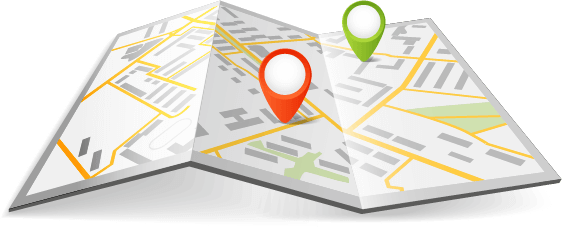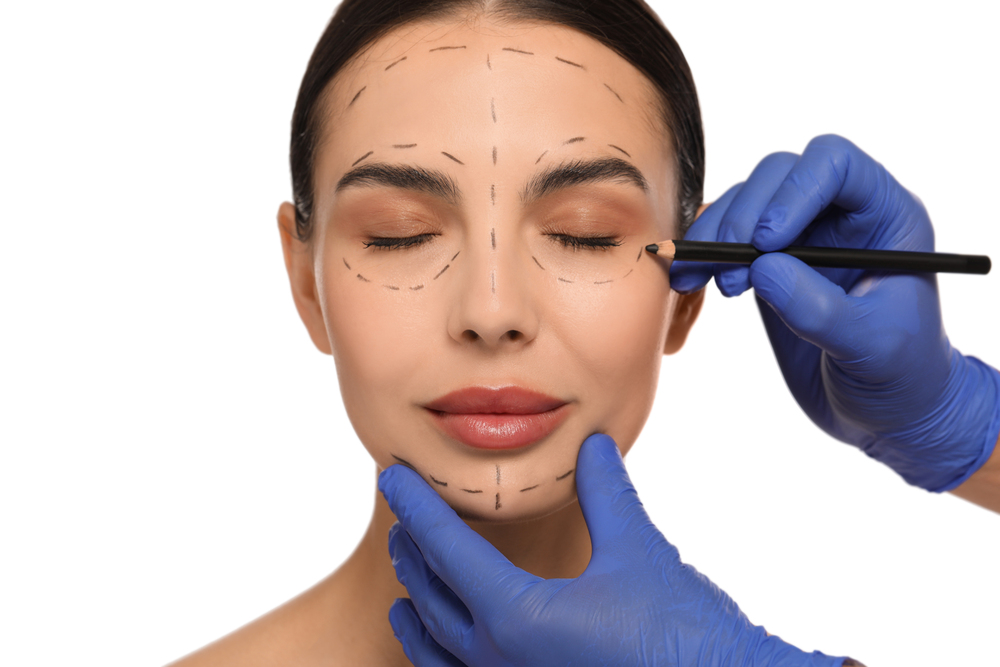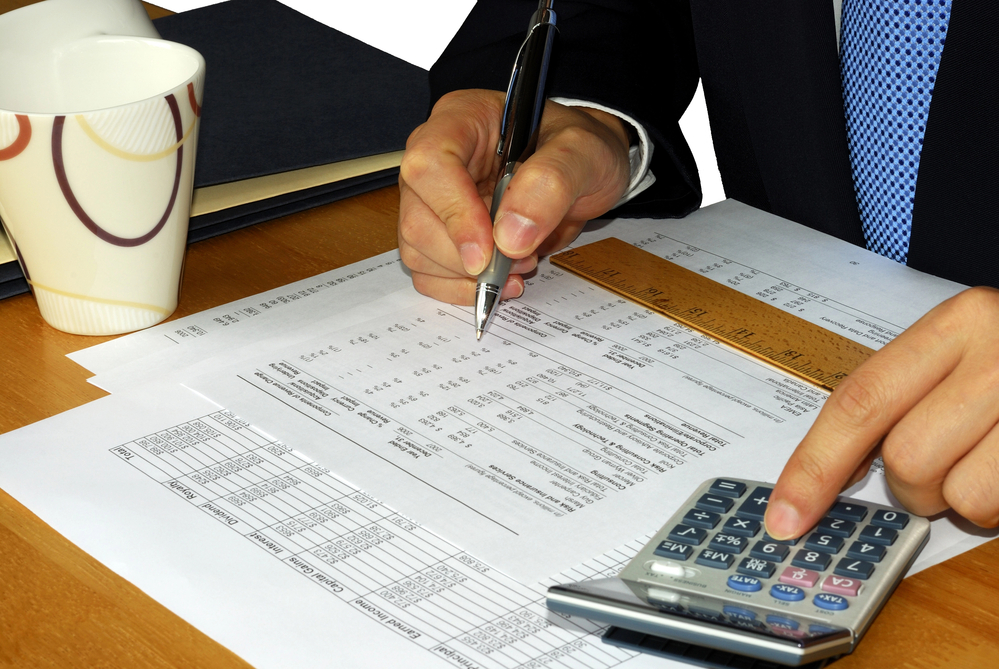Long gone are the days that marketers were unable to narrowly target individual business locations, convention centers, buildings and storefronts, and audiences that weren’t directly interested in their services and products.
With geofencing, companies and brands can market to individuals in precise locations and target mobile users. This provides marketers with more reach, focus and better results.
Although it seems long overdue, geofencing is finally affordable for smaller, local businesses. It’s no longer just for the corporate, big name brands that had the privilege of spending upwards of $20,000/month on advertising. Geofencing is now available to local small – midsize brands working with digital marketing agencies, for as low as $1,000/month.
Not only has it become more affordable, marketers have the ability to use geofencing for hyperlocal marketing purposes.

What is Geofencing?
Geofencing is often referred to as location based advertising. Rather than targeting zip codes or cities, advertisers can target individuals based on their physical location and places they visit, such as buildings, convention centers and even a competitor’s location. This is incredibly beneficial, because advertisers are now marketing to individuals that are already interested in their product or service.
How Does Geofencing Work?
The moment an individual enters the specified geofence, such as a convention center, advertisers can capture the mobile device ID. Once the ID has been captured, marketers can target and serve ads to said individual while they are at the location and for 30 days after they have left the geofence area.
Individuals don’t even need to be looking at their phone for marketers to target them. The only requirements; both the phone and location tracking services must be turned on. When the individual looks at their phone, they will see an ad displaying a sale or coupon on one of their phone’s apps.
Where Are Geofencing Ads Displayed?
As a society of individuals always on-the-go, geofencing has become a more prominent style of marketing. However, in 2014, the Office for National Statistics reported that of the ‘on-the-go’ internet users, 58% are coming from mobile phones. Today, that number has dramatically increased.
Geofencing ads are displayed in two separate locations. The first place is in the user’s mobile apps. This includes, but is not limited to, apps from both the Apple and Android app stores, such as Starbucks or Amazon. The second place is the internet browser. Multiple websites have advertising space, which marketers then use to display their geofencing ads to target users.
Developing a Geofencing Campaign Strategy
There are several variables that can determine the outcome of a geofencing campaign strategy.
- Determine KPI’s / Conversion Metrics – Most companies begin geofencing marketing without establishing their KPI’s. Without this, it’s difficult to understand and develop targeted locations, ad copy and website changes. Some KPI’s to consider are:
- Foot traffic to store front
- Total impressions (brand awareness)
- Total number of clicks
- Form submissions
- Phone calls
- CTR and engagement rate
Once the core KPI’s have been developed, marketers can focus on targeting the audience
- Target Audience & Behaviors – Once the KPI’s are established, it’s important to determine the target audience and their behaviors. Determining and understanding the target audience is much more than establishing that the client persona is a stay-at-home-mom of two.
It’s crucial to determine where the persona spends their time when they’re offline. For instance, a personal injury attorney will most likely have an audience that is visiting either the ER or auto body repair shops. Therefore, it’s best to target those physical locations.
Another example could be a retail shop in the mall that’s trying to pull in some of the mall traffic. Unfortunately, geofencing the entire mall may be too broad. Instead, the shop should geofence specific locations that sell similar services or products. More often than not, individuals that are visiting the competitors’ stores, are interested in shops that sell similar products.
- Choose Location Based on Target Audience’s Behaviors – Once it has been determined where the target audience spends their time offline, it is time to establish the target locations / geofences. Some of these locations may include:
- Competitor locations
- Nearby locations
- Places that the target audience frequently visits
- Creative Ads – One of the most important aspects of geofencing is building and designing creative ads. A business can target whomever they want, but if the ads aren’t creative or eye-catching, they won’t capture anyone’s attention and there definitely won’t be any conversions.
Advertisements need to give the target audience a reason to visit the store or office, whether that be an additional coupon for visiting the store or website.
- Website that Provides What the Target Audience Needs – Ensure that the company’s website falls in line with it’s marketing style. A consumer may show interest in the ad and visit the website for more details. If the website is not visually pleasing and mobile-friendly, the company has just lost a sale.
Benefits of Geofencing
- Trigger Instant Messages – With geofencing, marketers are able to trigger instant messages to individuals that are in specific locations. Not only are the location-specific ads immediate, they are relevant, interesting and convenient, which is what consumers prefer.
- Increases Brand Awareness – When users enter the particular physical location, the ad is triggered and brand awareness increases.
- Less Marketing Costs – Geofencing focuses on local customers who are typically interested in a specific product, which usually results in conversion. This results in a higher ROI.
It’s quite possible that advertisers can get at least 97% more reach in their budget. By simplifying and narrowing the geofence to just one mile from a particular location, marketers can reach up to 99% more reach in the ad spend costs.
- Easy to Track – Think of a storefront in the mall. The ads are set to target all individuals that have walked into the designated geofence. An individual sees an ad that states “Buy one, get one 50% off.” The mobile user then leaves the geofence area and enters the conversion zone, which is essentially a smaller geofence that has been virtually set inside the already existing one, i.e the store’s exact location. Since the user has entered the conversion zone, as a direct result of seeing the BOGO ad, it’s considered an offline conversion.
Geofencing also provides real-time analytics and data on the same day that the campaign is launched. This allows marketers to make decisions and changes, based off the analytics.
Who Could Benefit from Geofencing?
Geofencing is perfect for several different areas of business, from attorneys, to store owners, medical practitioners and even trade show marketers.
Geofencing for Lawyers and Attorneys
Let’s think of a personal injury lawyer. Accident victims make up most of their clientele. Where do accident victims go? After an accident, they are typically they’re visiting the hospital, ER, car dealership, auto repair shop, or towing locations. This is how attorneys and lawyers utilize and succeed with geofencing, by targeting the locations that their potential clients visit after an accident.
Compared to other offline advertising techniques, geofencing is more effective for attorneys. Several attorneys utilize geofencing effective. This is because geofencing targets individuals that are already interested in legal services.
Geofencing for Hospitals, ERs and Medical Practices
Typically, medical offices such as dentists, orthodontists or plastic surgeons geofence their competitor’s locations. This is partially because their clientele is individuals in need of those services. However, the medical systems that target specific locations that their clientele may be at before needing said services are the ones that acquire the patients. For instance, if an orthopedic specialist will target sporting facilities where individuals may fall victim to a sports related injuries. Chiropractors might target towing locations because individuals are most likely there due to an accident and may be experiencing neck or back pain.
Geofencing for Trade Shows, Conferences and Festivals
Geofencing is perfect for trade shows, conferences and over seasonal events. Let’s pretend that a business wants to attend a large conference, but unfortunately cannot make it that particular weekend. With geofencing, the business can now geofence the physical location of the conference at the time that it is going on. Now, any individual that attends the conference will see the company’s ads while visiting and for 30 days after. Whether it be a conference, a trade show or even a festival, geofencing helps spread a brand’s message even when the company is not there.
Geofencing for Dealerships
In the automobile industry, it’s all about competition. Geofencing the locations of competitors is the best tactic for targeting audience. People that visit car dealerships are typically there to purchase a vehicle, therefore, by geofencing the exact location, individuals see advertisements of other dealerships around the area.
Other possible geofencing options are car shows and even auto repair centers.
Geofencing for Retailers and Franchises
Restaurants, retailers and franchises can geofence competitor locations, such as nearby boutiques, stores or malls.
Retailers are best positioned to measure foot traffic with the conversion zone tracking. Mall storefronts can measure the amount of individuals in the geofence location that enter the conversion zone as a result of seeing the sales ad.

Geofencing for Marketing
Geofencing has always been a game-changer for marketing, but its cost limited its effect on advertising. Recently, it has become affordable for local small to midsize businesses to utilize.
As a society of on-the-goers and mobile users, geofencing is becoming more and more of a necessity in digital marketing.
While we don’t recommend that a business throws out their pre-existing marketing plan, we do suggest the implementation of geofencing.
With geofencing, a business can target individuals that enter a specific physical location. The ads become more relevant and interesting. Cost of marketing will decrease and conversion rates will soar. It really is a no-brainer.
If you have any additional questions or would like our marketing agency to set up, customize and manage a geofencing campaign for you, please contact us.
Are you currently using geofencing? If so, tell us about your experience!






